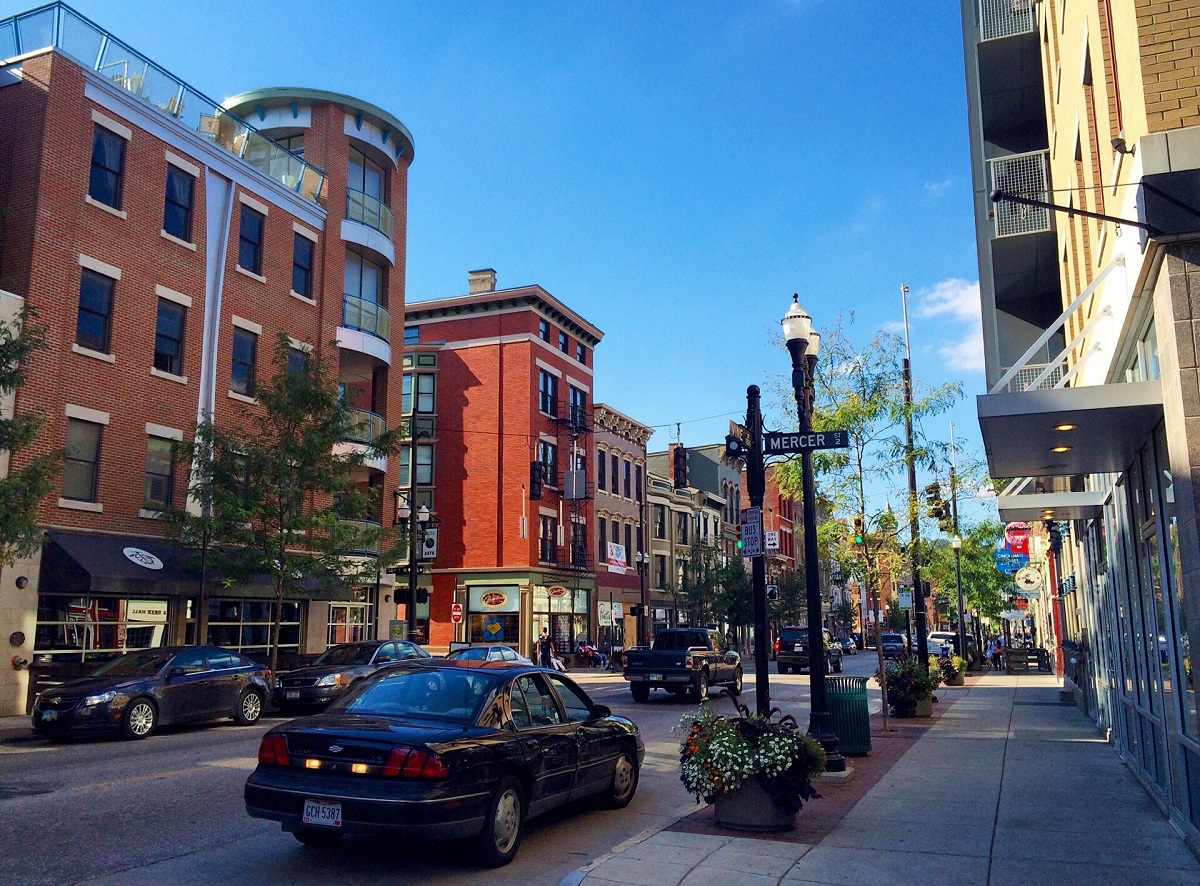We subsidize parking for automobiles in almost all situations in our society, but it is especially true when it comes to public parking. This can be seen quite clearly throughout the city where public parking garages, lots and on-street spaces are regularly priced below market rates.
A recent proposal by Cincinnati Mayor John Cranley (D) to charge $300 annually for a residential parking permit in Over-the-Rhine was met with immediate criticism. Perhaps the criticism was fair given that such a rate would be the highest in the country by a long shot. And yes, that includes far higher than what’s charged in San Francisco, Washington D.C. and New York.
UrbanCincy, however, believes this says more about the sad state of subsidizing parking than anything else. In fact, we believe that the $300 annual parking permit is reasonable.
To better understand how this proposed permit fee stacks up, let’s consider that it averages out to approximately $25 per month. According to the most recent State of Downtown report, the average monthly parking rate in the Central Business District, Over-the-Rhine and Pendleton is $89. This average accounts for approximately 36,400 monthly parking spaces available in 2013.
While this average monthly parking rate is skewed by much higher rates in the Central Business District, many lots and garages reserved for residential parking in Over-the-Rhine charge between $40 and $110 per month. This means that Mayor Cranley’s proposal would put the city’s on-street parking spaces nearly in-line with their private counterparts.
This is a smart move. We should stop subsidizing parking as much as possible. Therefore, such a proposal should not only be examined in greater depth for Over-the-Rhine, but all of Cincinnati’s 52 neighborhoods.
According to parking management policy expert and UCLA professor Donald Shoup, charging market rate prices is particularly important for a variety of reasons. One of the primary reasons, however, is the fact that the higher prices will cause higher turnover and thus positively influence a number of other factors such as reduced congestion from cars circling the block and reduced pollution from those cars’ exhaust.
UrbanCincy recommends identifying what the market rate for parking is throughout the city and establish districts where on-street residential parking permits can be purchased. The proceeds from those permits could then be reinvested back into those neighborhoods for improvements of selected by those neighborhoods.
In Over-the-Rhine it has been suggested that the money could go toward offsetting the operating costs of the first phase of the Cincinnati Streetcar, but in other neighborhoods it could support public art, cleanup activities, public art or whatever it is that neighborhood desires.
This may not have been what the mayor had in mind when first proposing the residential parking permits for Over-the-Rhine, but if it was then Mayor Cranley deserves serious kudos.


